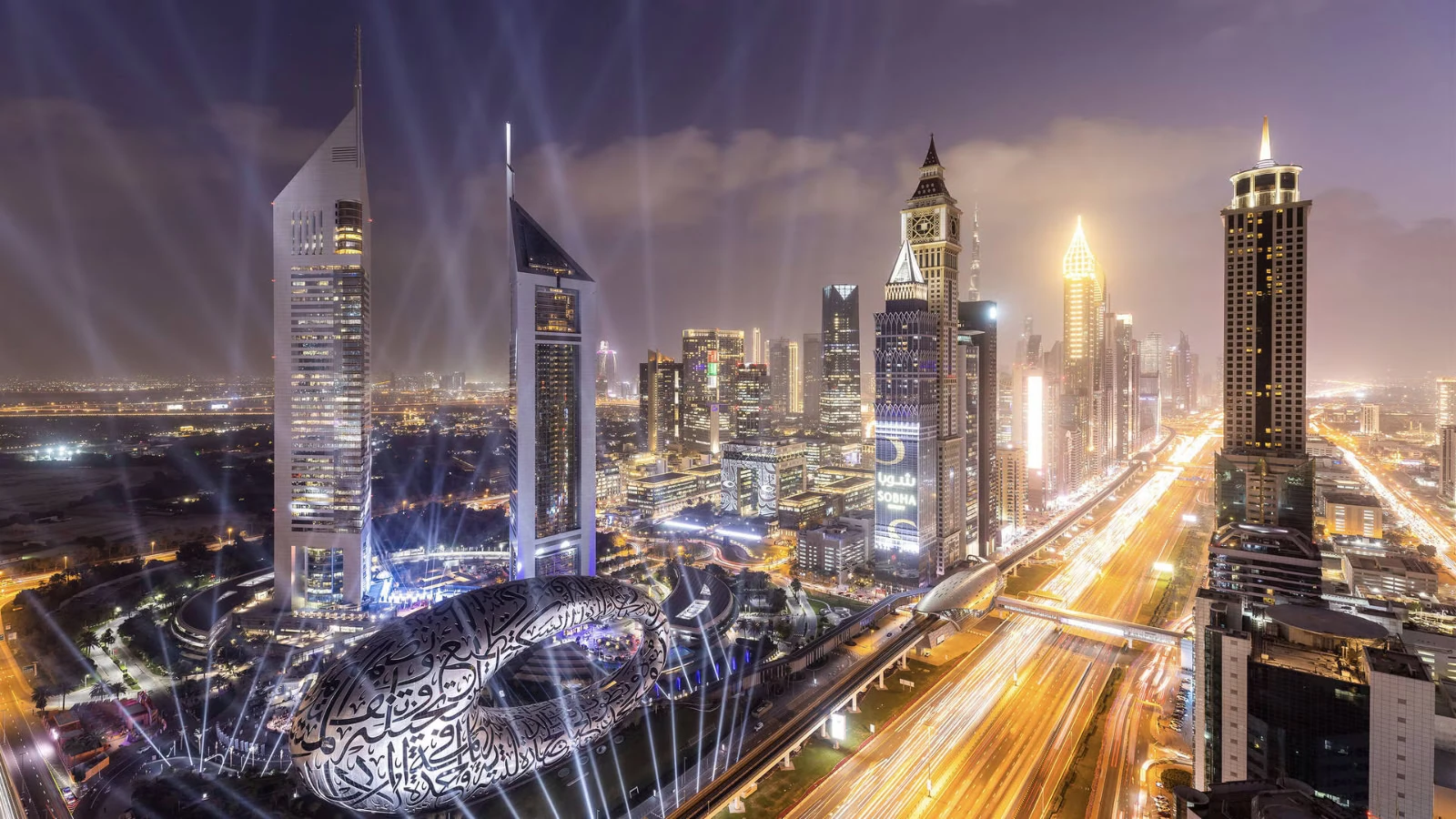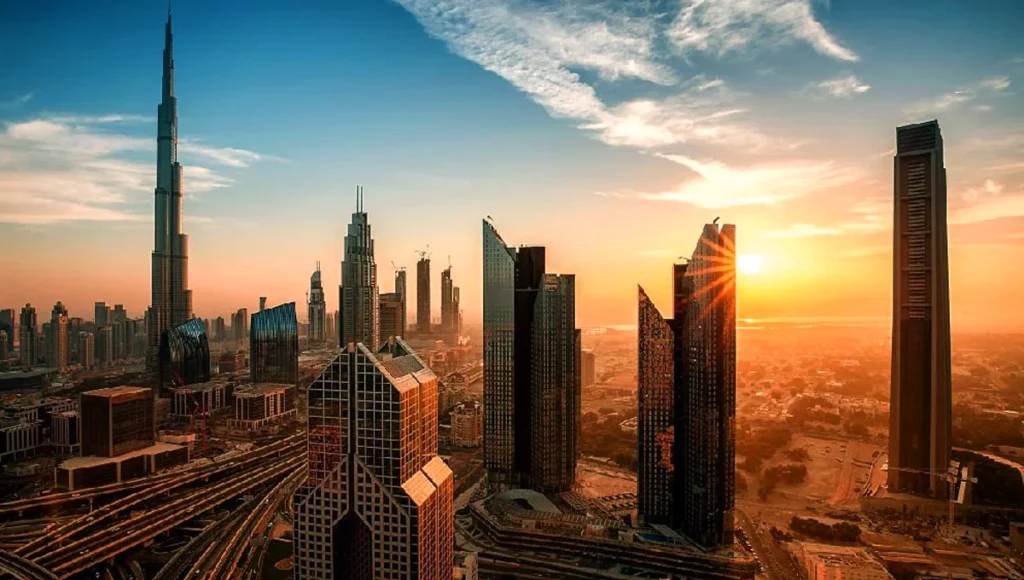
Dubai’s property market continues to be one of the world’s most exciting investment destinations. With a mix of international appeal, investor-friendly laws, and strong rental yields, the city remains a magnet for both regional and global buyers. However, with changing rental prices and shifting demand across districts, investors must know where to focus to maximize returns.
This guide explores the latest rental trends, identifies high-yield communities, and offers insights on how to build a profitable rental portfolio in Dubai’s dynamic market.
Before deciding where to invest, it’s important to understand what drives Dubai’s rental prices and yields. Several factors determine rental performance:
Understanding these fundamentals helps investors target the right areas and property segments for optimal performance.
In 2025, Dubai’s rental market has stabilized after several years of strong growth. Rents remain at record levels in premium neighborhoods, while mid-market communities continue to offer high yields due to affordability and demand from residents seeking value.
Average annual returns range between 5% and 9%, depending on location and property type. Apartments in well-connected urban zones tend to outperform, particularly for short- to medium-term rentals. Villas in suburban communities, on the other hand, are seeing steady appreciation as families increasingly prefer more space and privacy.
Average Rental Yield: 7% – 8.5%
JVC remains one of the most popular choices for investors targeting rental income. With affordable purchase prices and strong tenant demand, it consistently ranks among Dubai’s highest-yielding areas.
Why it performs well:
Investment Tip: Focus on modern one- and two-bedroom apartments in high-quality buildings, which are always in demand.
Average Rental Yield: 6.5% – 7.5%
As one of Dubai’s key business districts, Business Bay continues to see high occupancy rates among professionals working in Downtown and DIFC. Despite slightly higher entry prices, rental demand remains extremely strong due to its central location and lifestyle convenience.
What makes it profitable:
Investment Tip: Opt for studios and one-bedroom units facing the canal or Burj Khalifa views—these command premium rents.
Average Rental Yield: 6% – 7%
Dubai Marina remains one of the city’s most established high-end rental zones. While property prices are higher, the area offers excellent returns and near-zero vacancy rates thanks to its vibrant waterfront lifestyle.
Why investors love it:
Investment Tip: Waterfront apartments and units near Marina Walk or tram stations deliver the strongest performance.
Average Rental Yield: 5.5% – 6.5%
Downtown is the heart of Dubai’s luxury market and remains highly desirable among corporate tenants and international residents. Though yields are slightly lower than mid-tier communities, the value retention and rental stability are unmatched.
What drives its value:
Investment Tip: Focus on one-bedroom apartments or serviced units close to Dubai Mall to balance price and rentability.
Average Rental Yield: 7% – 8%
Dubai Silicon Oasis offers investors affordable entry prices with some of the city’s best yields. As an established mixed-use community with technology firms, schools, and retail, it appeals to a wide tenant base.
Why it works:
Investment Tip: Two-bedroom apartments near community centers or schools ensure steady rental income.
Average Rental Yield: 7% – 8.5%
These newer suburban communities have quickly become favorites for families. Villas and townhouses are affordable yet spacious, attracting tenants seeking value outside the city center.
What’s appealing:
Investment Tip: Look for well-located villas within master communities featuring golf or park views for premium rents.

Average Rental Yield: 6% – 7%
This master-planned community combines upscale living with family appeal, driving steady rental growth. Investors benefit from high tenant retention and capital growth potential.
Why it’s promising:
Investment Tip: Consider smaller villas or apartments with park views for balanced yield and appreciation.
While yields are crucial, smart investors also look at capital appreciation potential. Areas such as Dubai Creek Harbour, Meydan, and Bluewaters Island are seeing new developments that promise both strong rental demand and long-term value growth.
These zones attract international investors seeking premium assets with lifestyle appeal. Although initial yields may be modest (4%–5%), the upside on capital gains makes them compelling for those with a longer investment horizon.
When it comes to Dubai’s rental market, apartments typically generate higher yields, while villas offer stronger capital growth.
Investors often build diversified portfolios, combining both segments to balance steady cash flow and appreciation.
Dubai’s flexible rental market allows investors to earn through both short-term holiday rentals and long-term leases.
Short-term rentals:
Long-term rentals:
Choosing the right model depends on your goals—cash flow versus consistency.
Investors seeking rental income should focus on measurable indicators:
Tools like the Dubai Land Department’s rental index or real estate analytics portals can help investors benchmark expected rental performance before purchasing.
Many first-time investors overlook key details that affect profitability. Avoid:
Diligence during purchase and proactive management afterward protect both your yield and long-term capital.
Dubai’s rental market is forecast to remain strong through 2026 as the city’s population grows and new business opportunities attract global talent. Despite ongoing project launches, the steady inflow of expatriates should keep occupancy rates high, especially in mid-tier and family-friendly communities.
Experts expect moderate rent growth of 3%–6% annually, favoring investors focused on stable returns rather than speculative gains. Affordable and mid-luxury communities near transport corridors will likely deliver the best balance between yield and liquidity.
Dubai’s rental landscape in 2025 offers a wealth of opportunities for investors seeking consistent income and growth potential. Whether you prefer the affordability and high yields of JVC and DSO, or the prestige and stability of Downtown and Dubai Hills, there’s an investment path for every budget and strategy.
By analyzing market trends, understanding tenant demand, and diversifying across communities, investors can build a resilient portfolio that performs well even as the market evolves.
In Dubai, rental income isn’t just about owning property—it’s about investing in the city’s continuous growth and global appeal.
Do Follow Estate Magazine on Instagram
